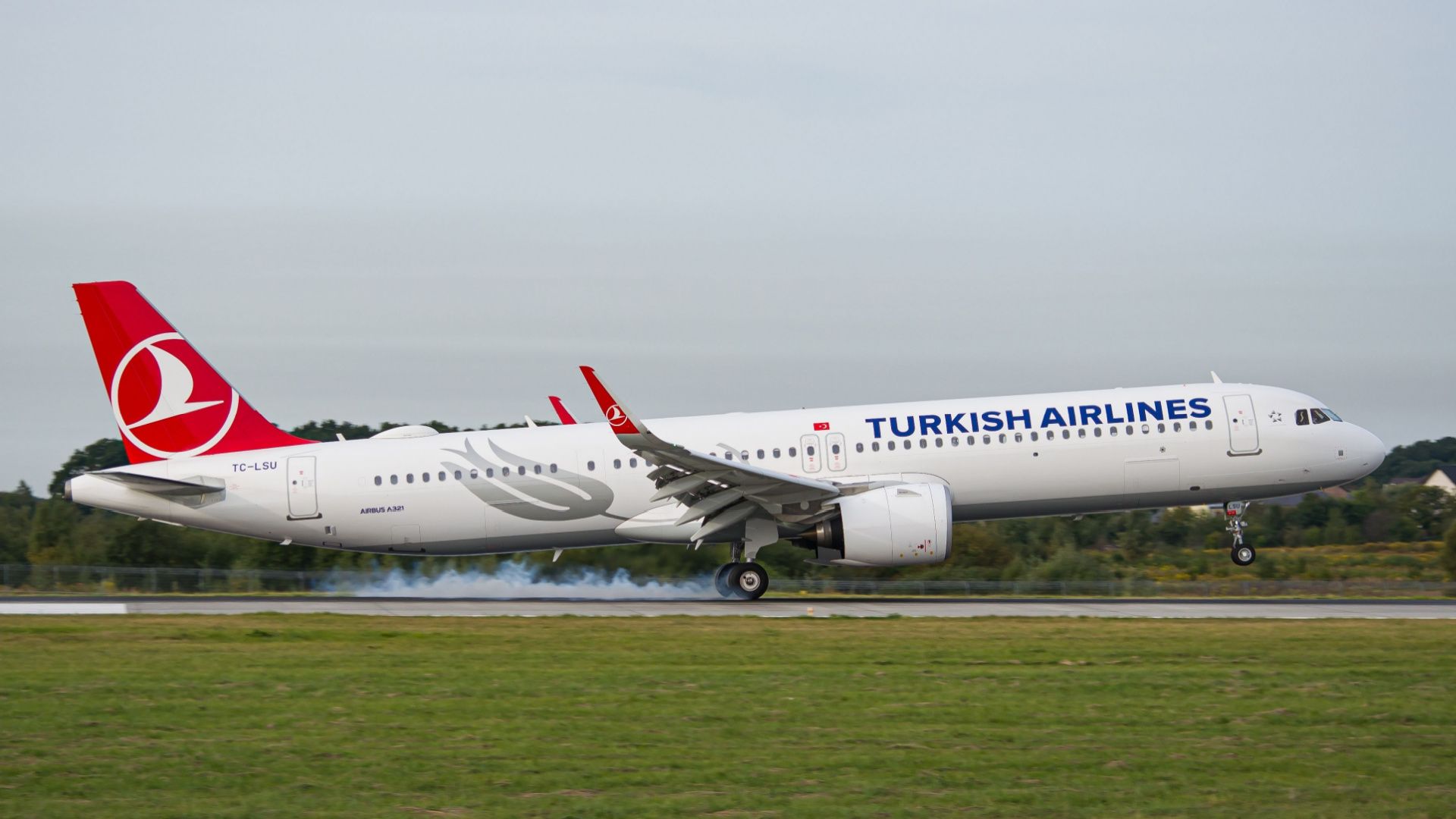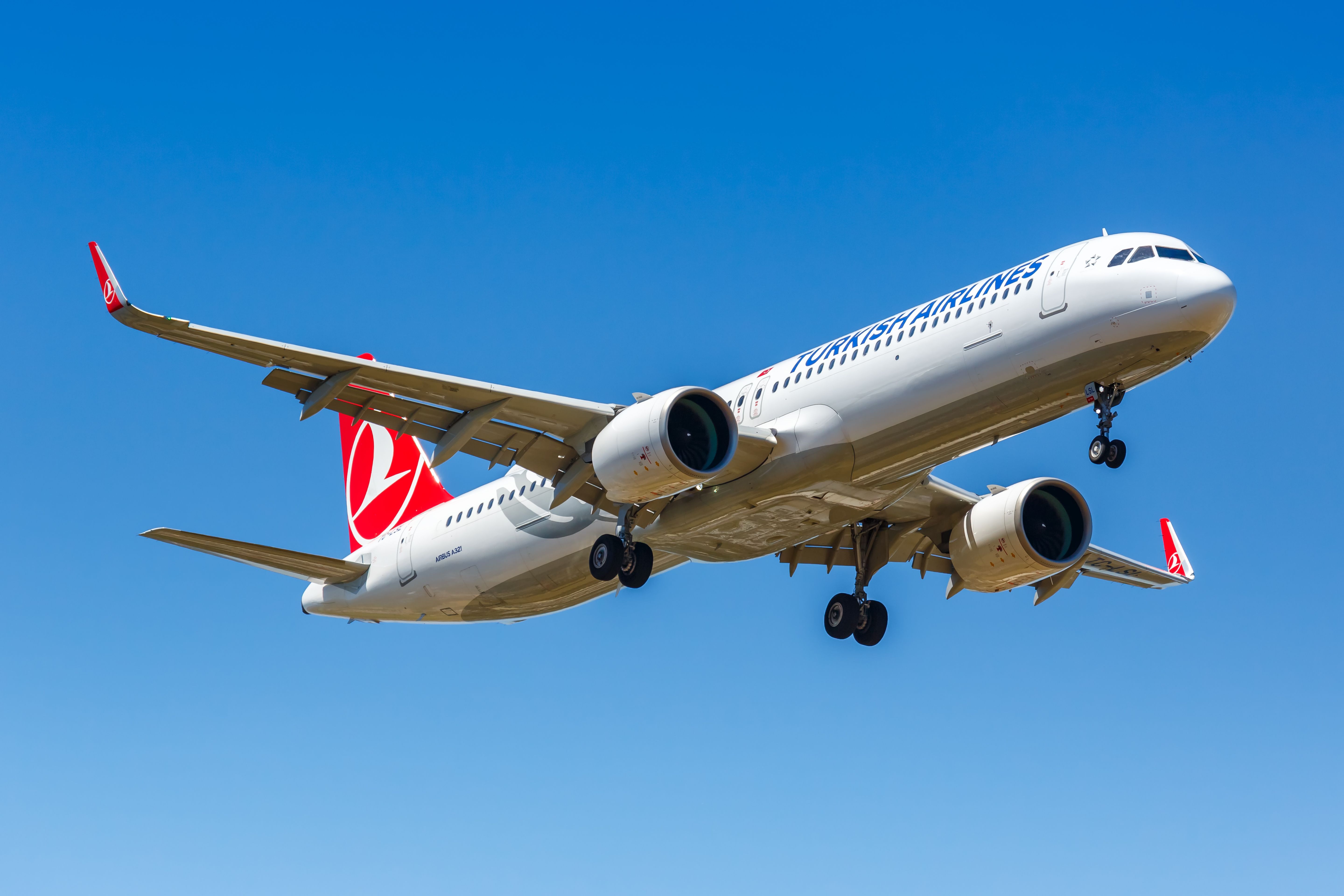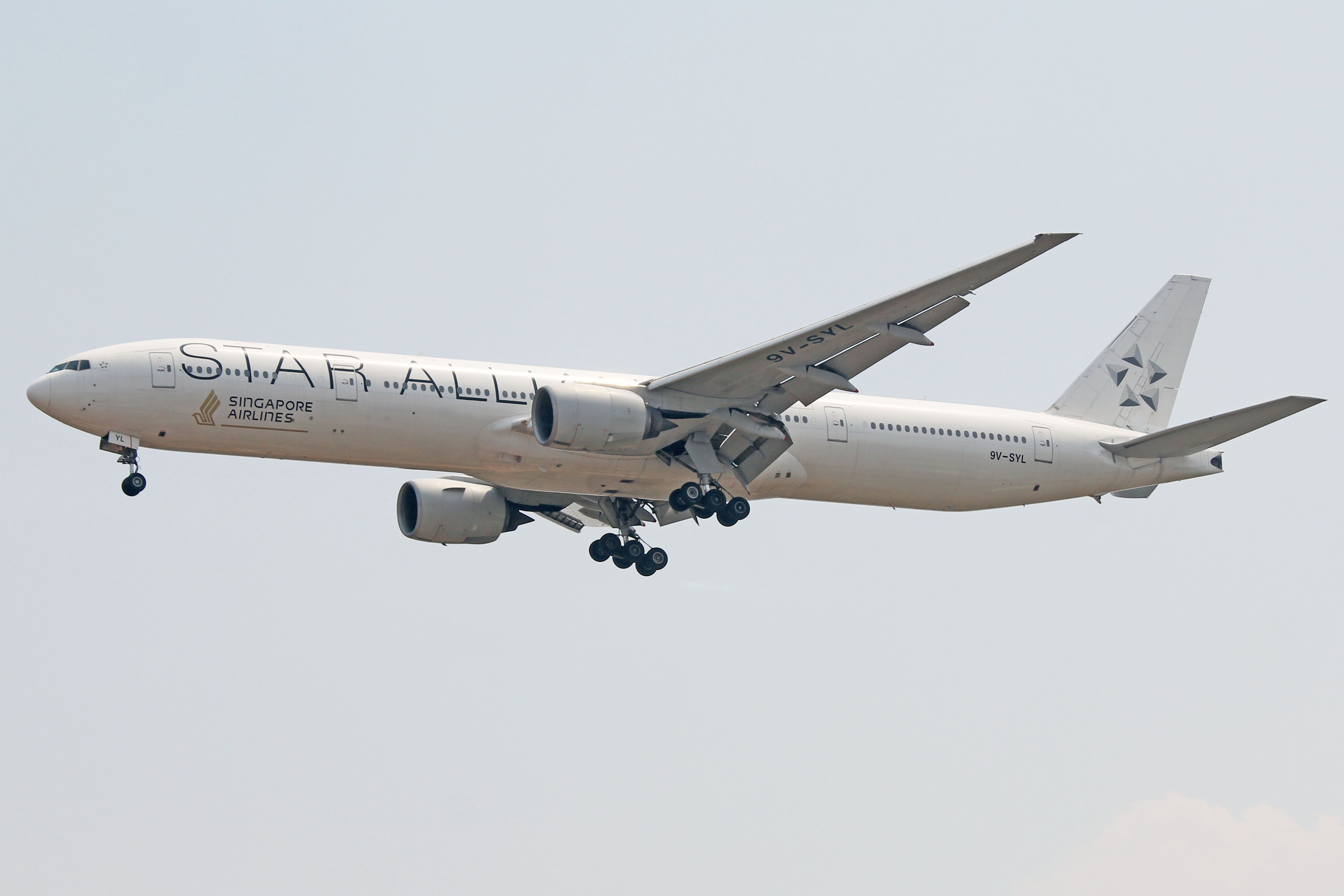Summary
- A Turkish Airlines flight from Istanbul to Izmir faced severe turbulence, injuring a flight attendant.
- A recent string of severe midair turbulence incidents has brought the focus back on this issue.
- Experts suggest rising temperatures from climate change are possibly the reason behind a rise in severe turbulence.
Another incident of mid-flight turbulence involving an Airbus narrowbody jet belonging to Turkish Airlines has come to light. While airplanes encounter turbulence every day, incidents severe enough to injure passengers and crew also seem to be on the rise.
Flight attendant injured in Turkish Airlines turbulence incident
A Turkish Airlines Airbus A321 flight from Istanbul to Izmir faced severe turbulence recently, enough to cause a significant injury to a cabin crew member. According to a report by the Hurriyet Daily News, the plane was rocked by sudden turbulence shortly after the pilot turned on the sign to fasten the seat belts.
Flight attendants are often the most vulnerable in such situations as they perform other flight duties and may not reach their seats in time to avoid injuries. In the case of the Turkish Airlines incident, a flight attendant, who was just two months into the job, was flung to the ceiling before falling hard on the floor, suffering from a broken backbone.
Photo: Markus Mainka | Shutterstock
The incident reportedly took place on flight TK2320, operated by an A321 aircraft. It is a short domestic hop that lasts less than an hour, although the day of the incident is still to be determined. Simple Flying has contacted Turkish Airlines and will update the article as and when we receive more information.
String of incidents
There have been a few more incidents lately involving a jetliner encountering severe turbulence. On May 21, a Singapore Airlines flight from London Heathrow to Singapore Changi Airport was rocked by sudden turbulence during the breakfast service, significantly injuring many passengers and crew members. The Boeing 777 had to be diverted to Bangkok for an emergency landing.
Photo: Corvin.Y.O | Shutterstock
One passenger unfortunately lost his life, while several others had to be hospitalized in critical condition. It even resulted in Singapore Airlines changing its policy, suspending the service of hot drinks and meals when the seatbelt sign is on.
On May 26, a Qatar Airways Boeing 787 operating flight QR017 from Doha to Dublin faced severe turbulence over Turkish airspace, injuring 12 people, including six cabin crew members. Upon landing, the aircraft was met by emergency services, including airport police and the fire and rescue department.
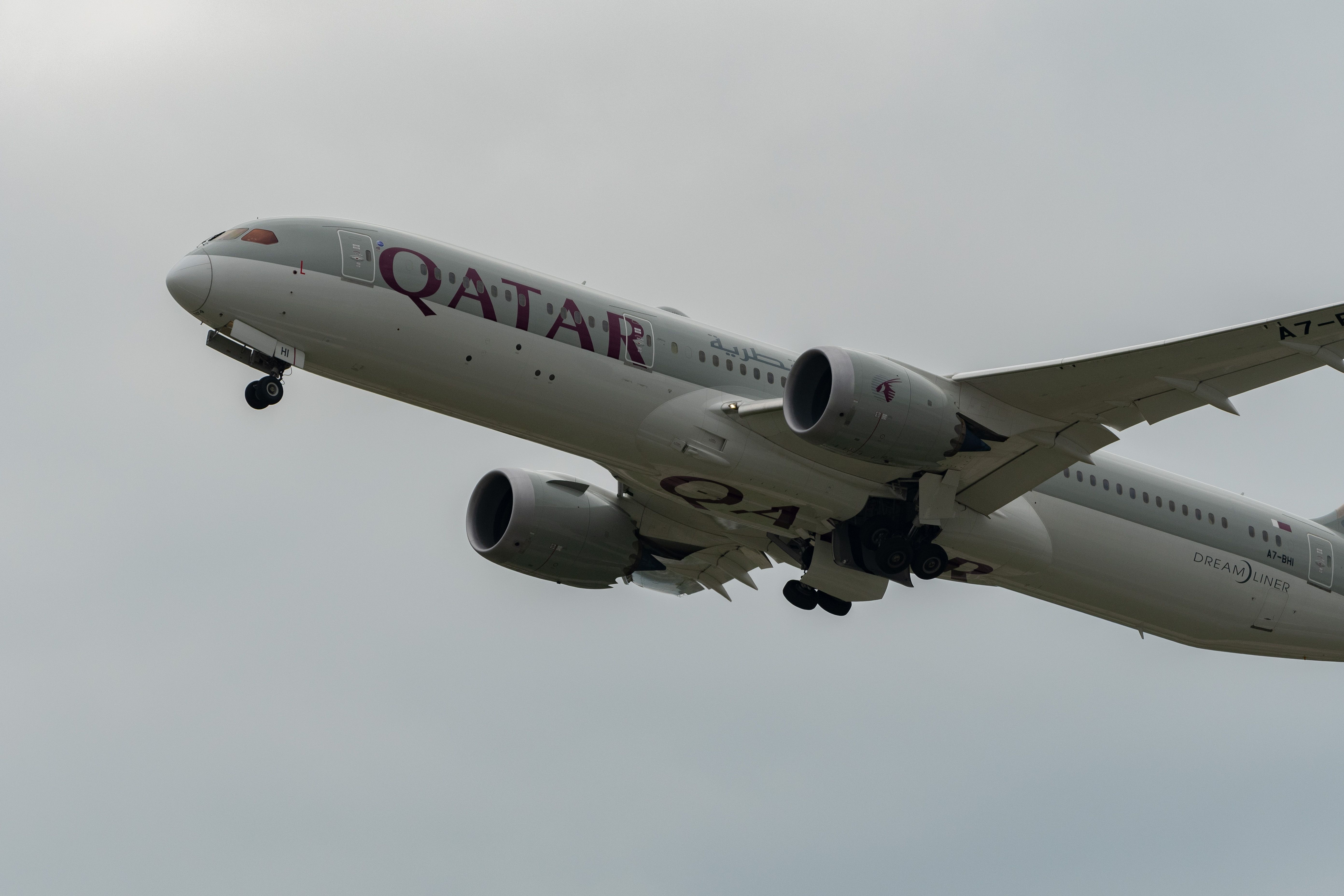
Related
12 People Injured On Dublin-Bound Qatar Airways Boeing 787 Following Turbulence
Emergency services met the aircraft at Dublin Airport.
According to FL360aero, another Turkish Airlines flight from Istanbul to Iğdır, operated by an Airbus A319, had to be diverted to Erzurum Airport after being damaged by severe hail. It was the third flight in 48 hours to be affected by turbulence over Turkish airspace.
Turbulence in focus
Turbulence is an everyday occurrence on commercial flights worldwide. Most incidents do not harm passengers or the aircraft, but every once in a while, a severe case surfaces, such as the Singapore Airlines incident, that brings the focus back to this issue.
Many experts also claim that the rising cases of severe turbulence could be attributed to climate change and that rising temperatures could increase the frequency of such events. Simple Flying has analyzed the different kinds of turbulence in detail in the article below.
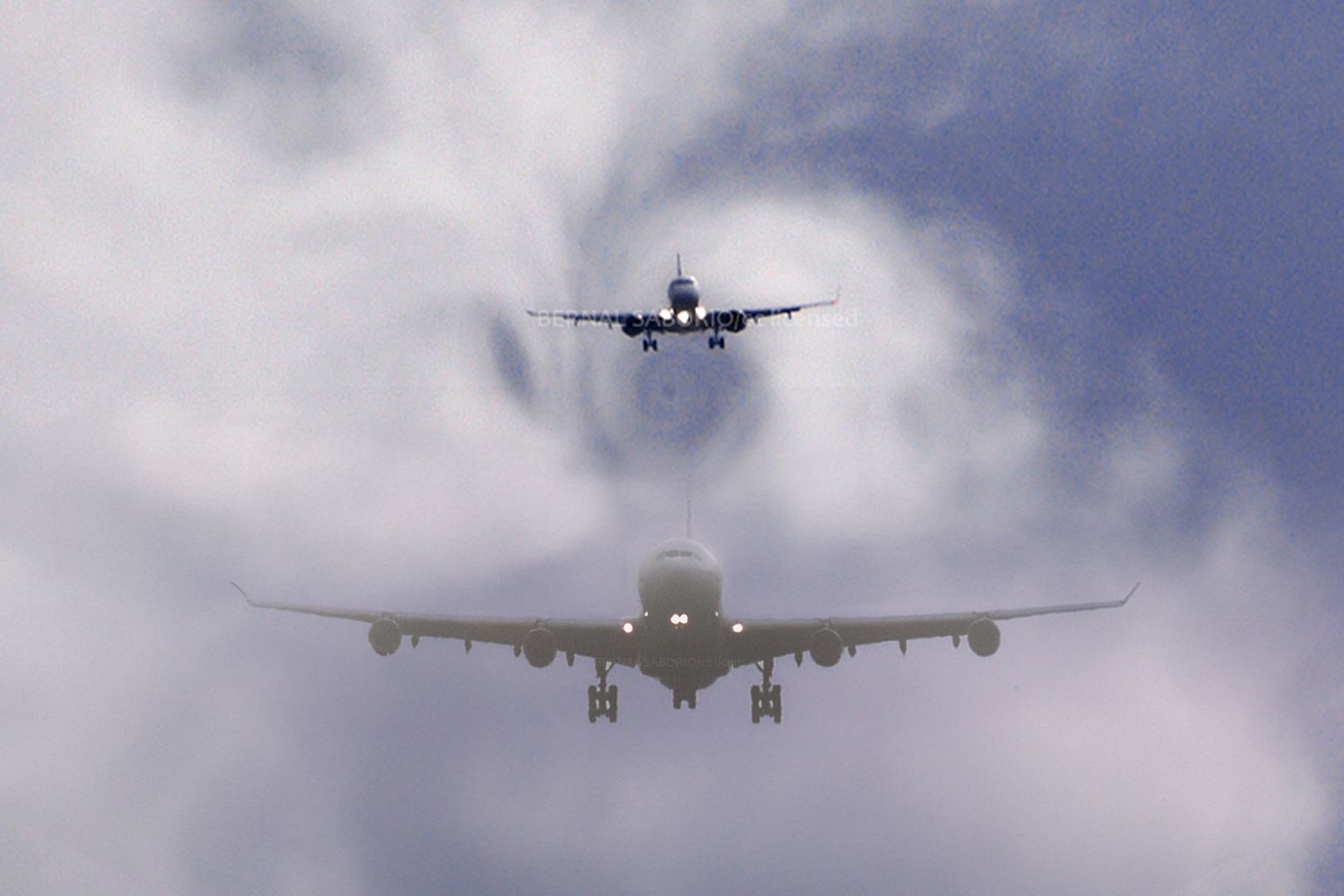
Related
Turbulence: 5 Things You Should Know
Turbulence is part of flying and is normally responsible for little more than spilling passengers’ drinks.
What are your views on this? Please leave a comment below.

